Manufacturers constantly seek new techniques to reduce the weight of their metallic products. Researchers propose several ideas such as replacing the conventional metallic materials with smart materials or composites, removing unwanted materials (design optimization), or introducing holes in a region which does not reduce the strength of the components, etc. On the other hand, OEMs suggest using precision machine tools and some researchers argue optimizing the parameters in the CNC machine tools either off-line or on-line (using open-source controllers). These approaches improve the quality of machining but it does not reduce the weight of the machined components. Having stated that, Dr. P. Selvaraj, Technical Director, Aeronautical Development Agency (ADA), Bangalore who gave the statement of the problems faced by aircraft designers and its manufacturing processes related to weight control. He pointed out that the above stated solutions do not solve their problems. Even if they did, it is cumbersome, tedious, requires highly skilled laborers, time consuming and very expensive. In addition, purchase of new precision machine tools may require (added cost) and existing CNC machine tools may or may not be used for these services. This challenging research topic inspired the authors to solve it for the existing metallic machining processes.
The authors applied for DRDO-ARDB project fund to solve the above problem during 2012. The first author benchmarked the in-process parametric optimization techniques to solve this problem. The senior researchers suggested using open-source controllers but it had its limitations. For the given problem, the authors decided to machine the components very close toward ‘near minimum material zone’ conditions. In other words, define a narrow tolerance within the specified design specification (USL and LSL). Then shift the narrow tolerance close to USL or LSL of the design specification based on the applications. Machine the components within that narrow tolerance. It is impossible to machine the components close towards the ‘near minimum material zone’ conditions using traditional CNC milling machines. Therefore, the first author decided to develop an indigenous portable cyber-physical system to solve it with low cost automation (LCA). This system monitors and controls the machining using computer-based algorithms. It takes its own decisions and is capable of operating independently. This book discusses developing this cyber-physical system step-by-step for a traditional CNC milling machine. It is interesting to note that this system does not interface with the existing CNC machine controller but it complements the CNC machining capability.
As part of the faculty exchange program between PSG Institutions and University of Toledo (UT), the first author carried out the feasibility study at University of Toledo, USA during Summer 2013 (three months) successfully. Without any hesitation, Dr. Nagi Nagathanan (Dean, College of Engineering at UT), Dr. Afjeh Abdollah (Dean, Department of Mechanical, Industrial and Manufacturing Engineering at UT) and Dr. Matthew Franchetti (Associate Director, Undergraduate Programs, Department of Mechanical, Industrial and Manufacturing Engineering at UT) provided their valuable inputs and support. A preliminary fixture design was developed and tested successfully at University of Toledo, USA.
Based on the lessons learned at University of Toledo, a revised version of 1.1 scale portable cyber physical system was developed and tested successfully with DRDO-ARDB samples at PSG College of Technology. Three patents were granted to the authors for their accomplishments. Special Thanks to the DRDO-ARDO committee for sanctioning the fund at the right time and supported us throughout the research work. A sincere thanks to Dr. R. Rudramoorthy, Principal of PSG College of Technology for his unconditional help and support provided during many occasions. A deep sense of gratitude and profound thanks to my teacher, mentor, advisor, colleague and PhD supervisor Dr. P. Radhakrishnan (second author of this book), Director, PSG Institute of Advanced Studies, India, for his keen interest, inspiring guidance, constant encouragement with my work during all stages, to bring this book into fruition.

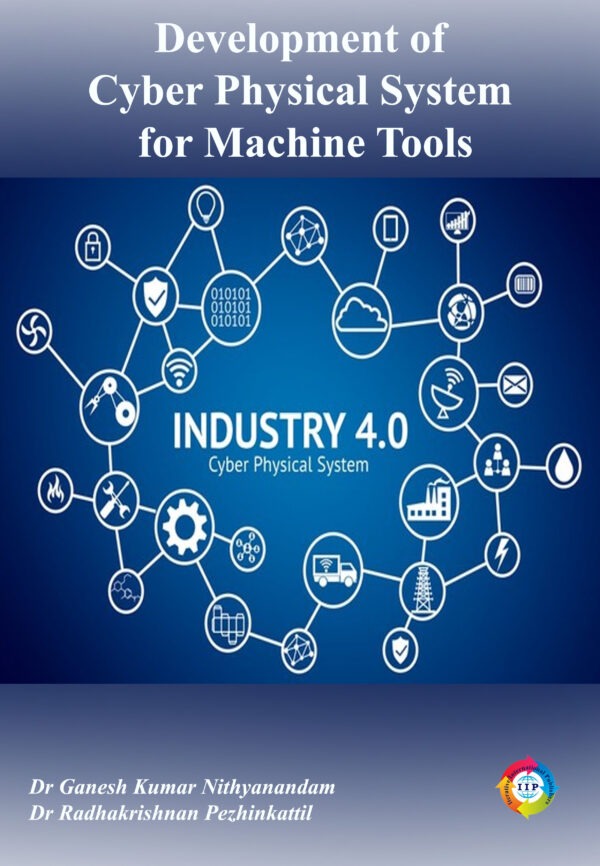
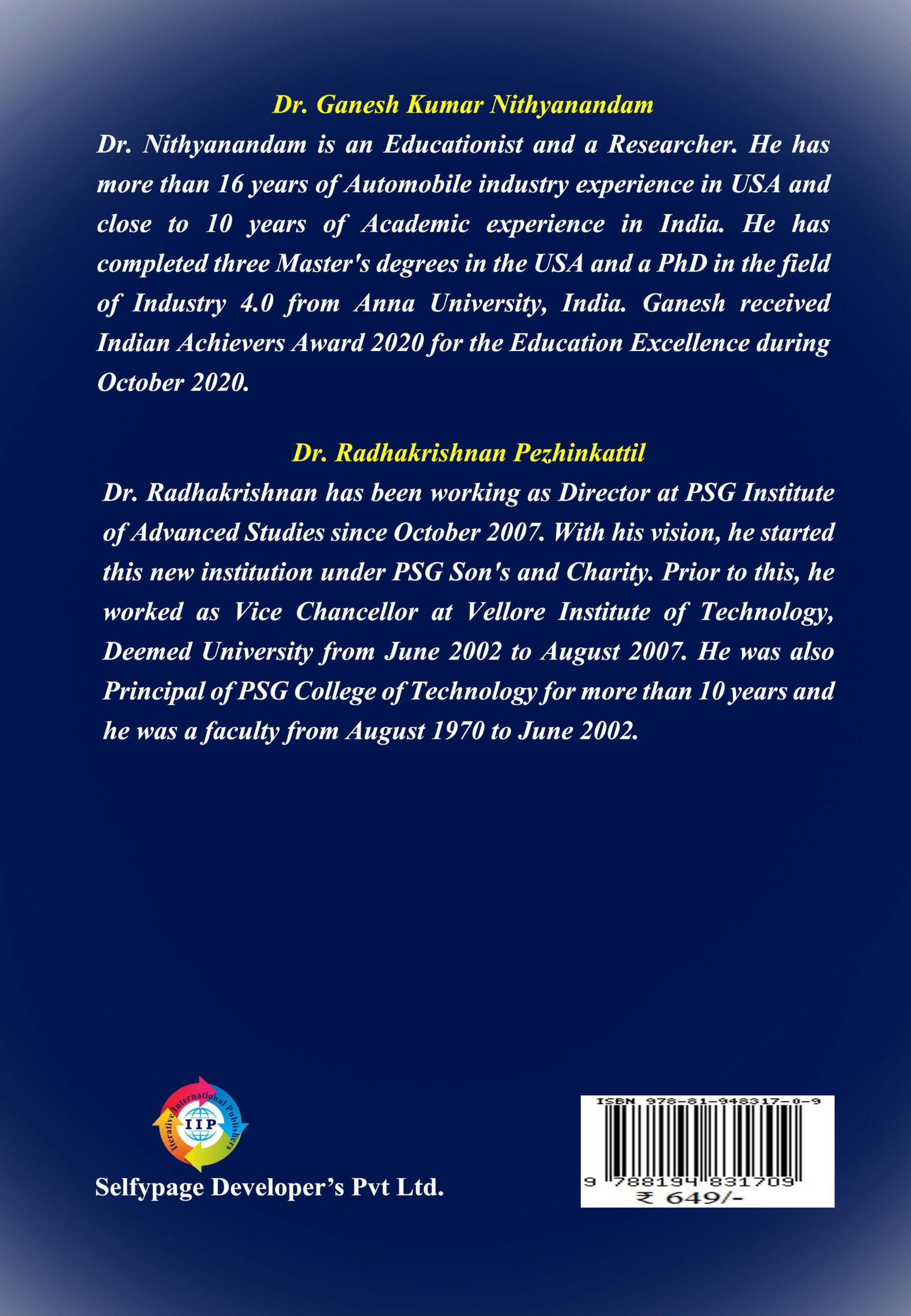
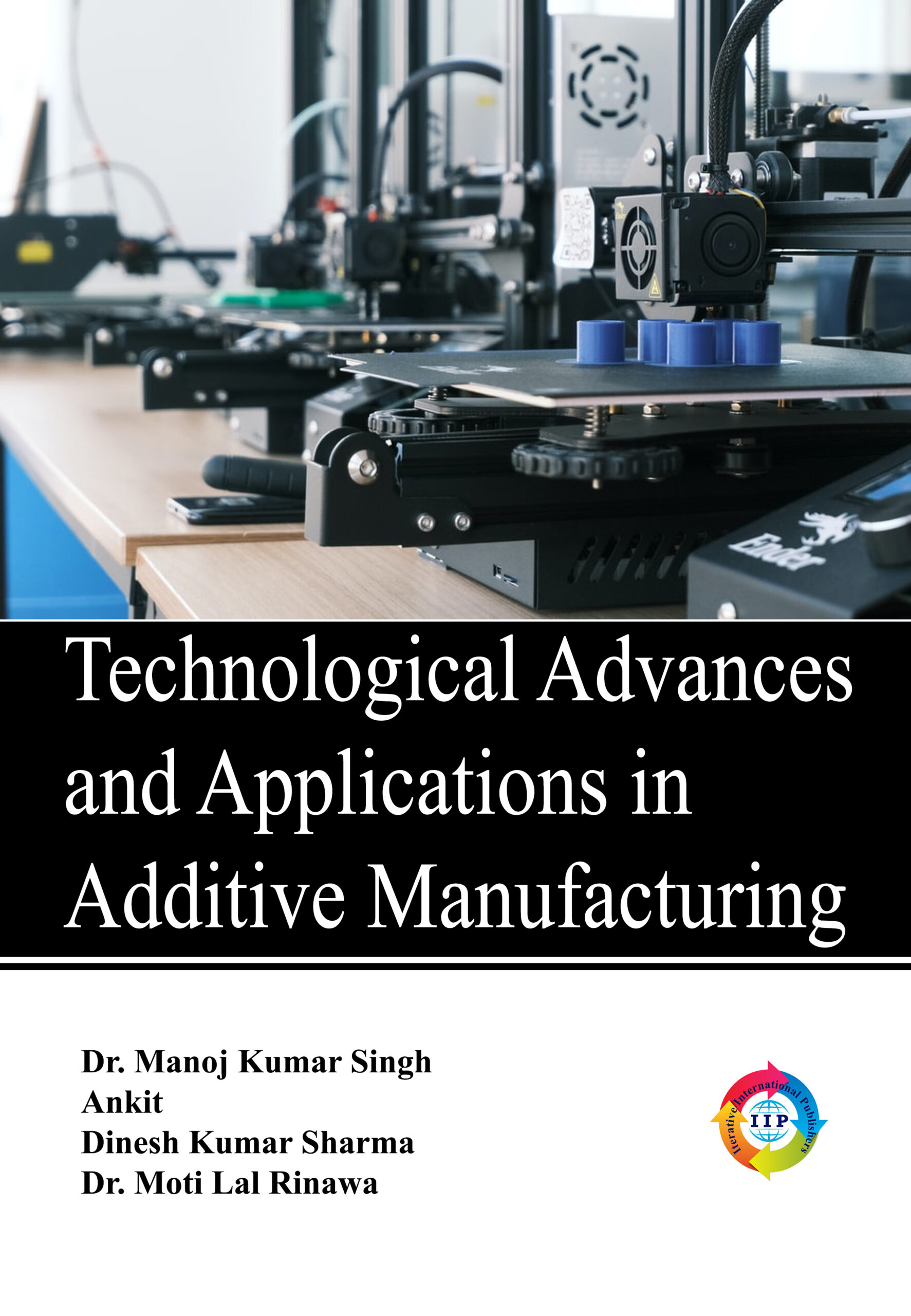

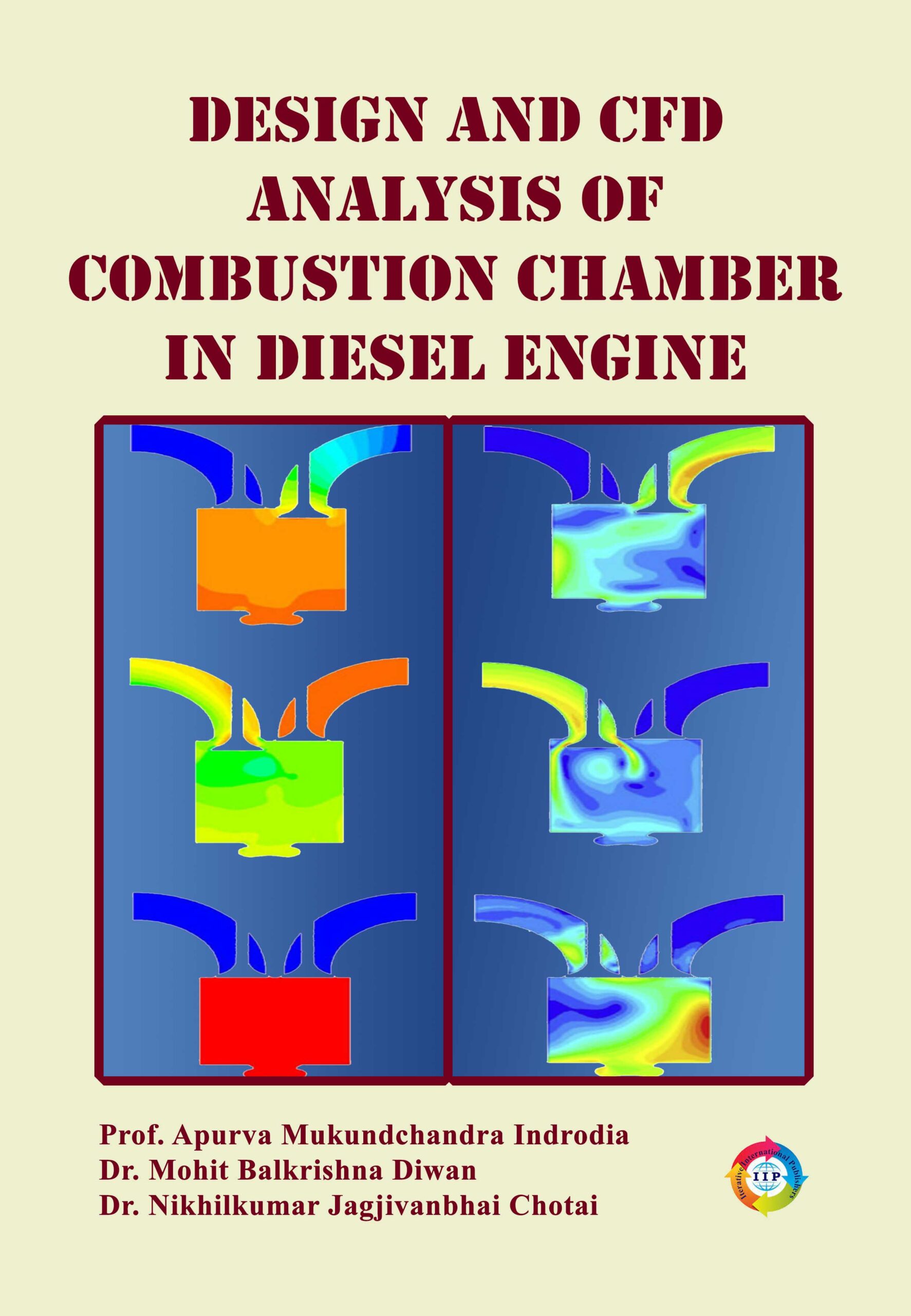
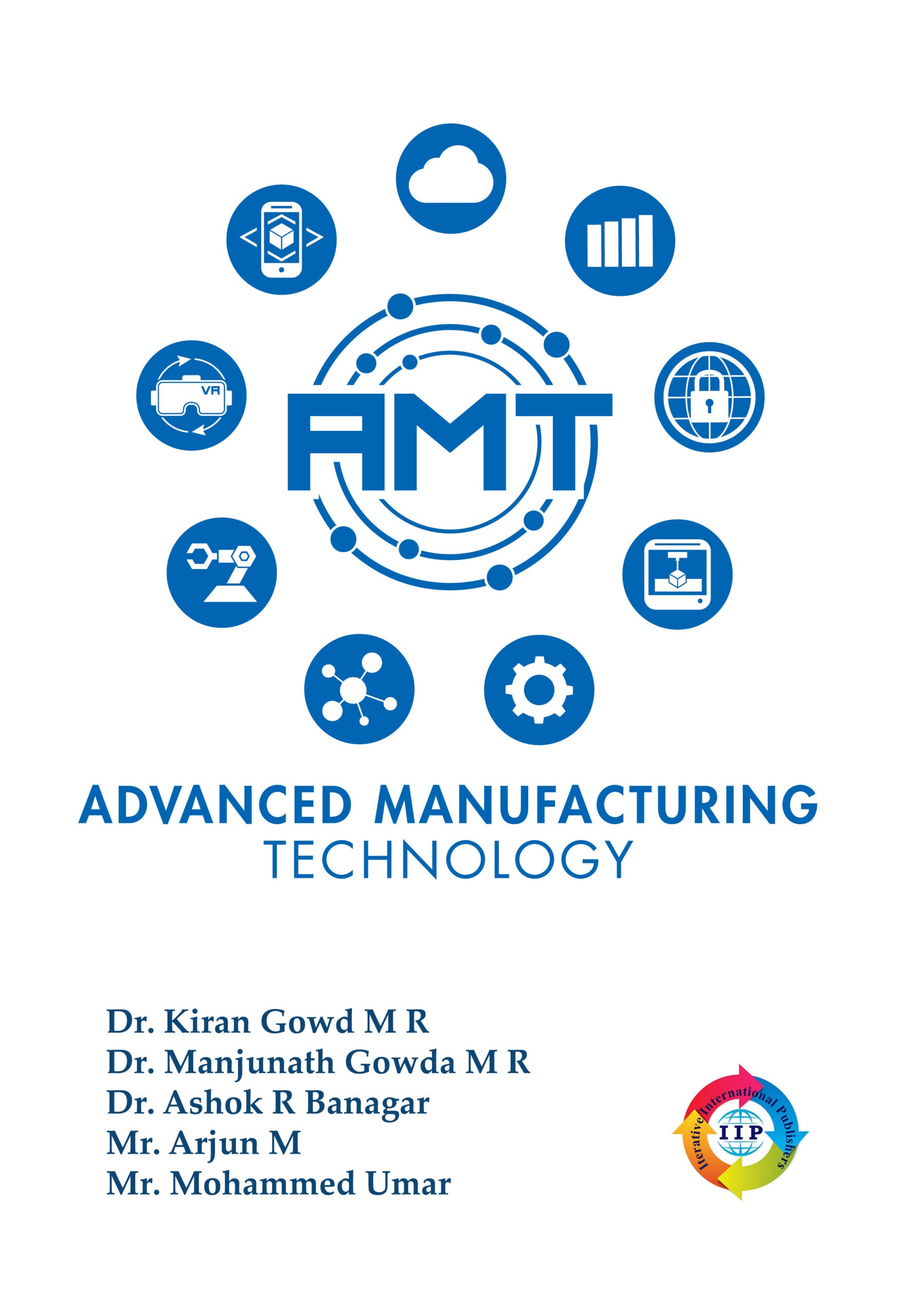
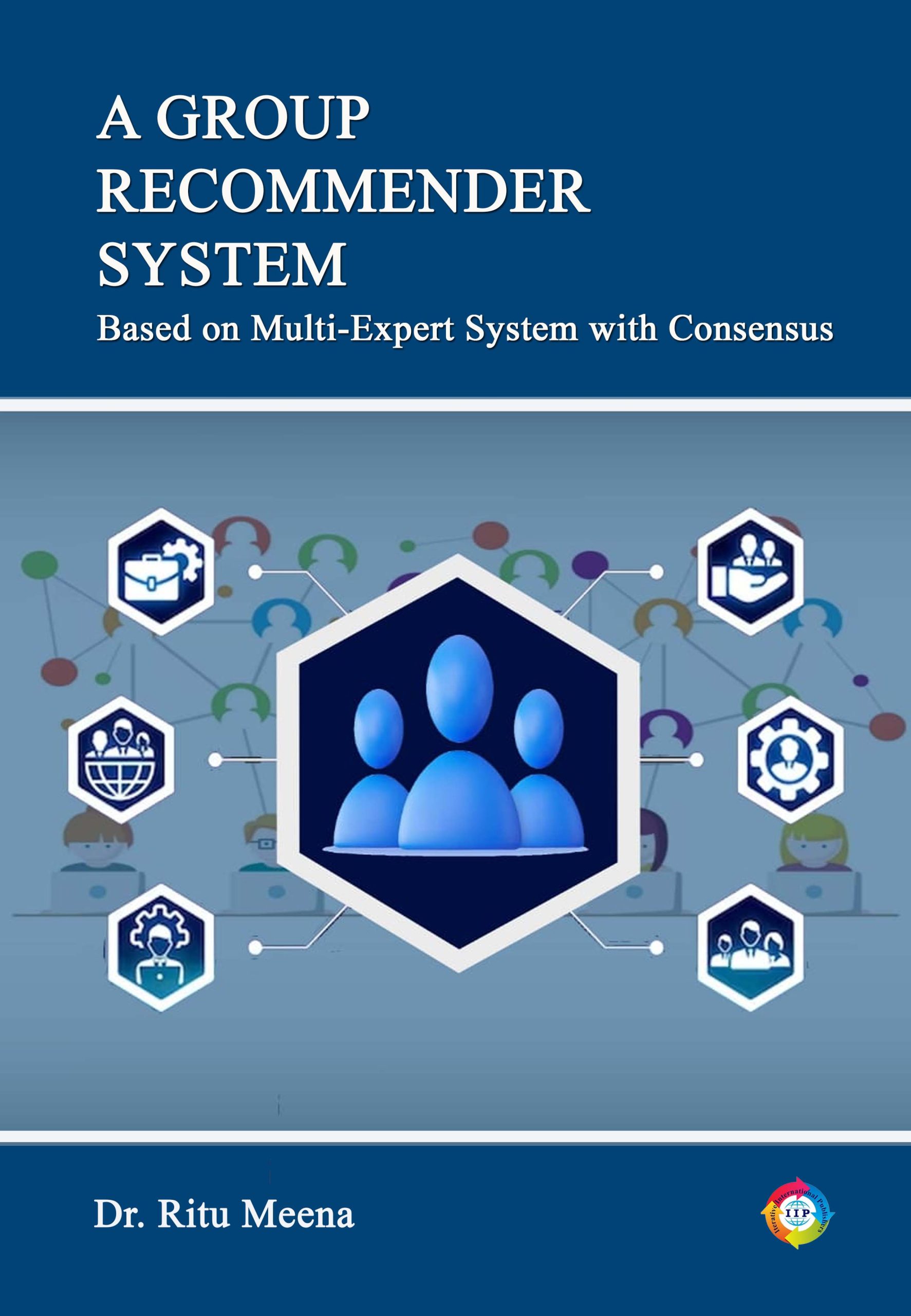
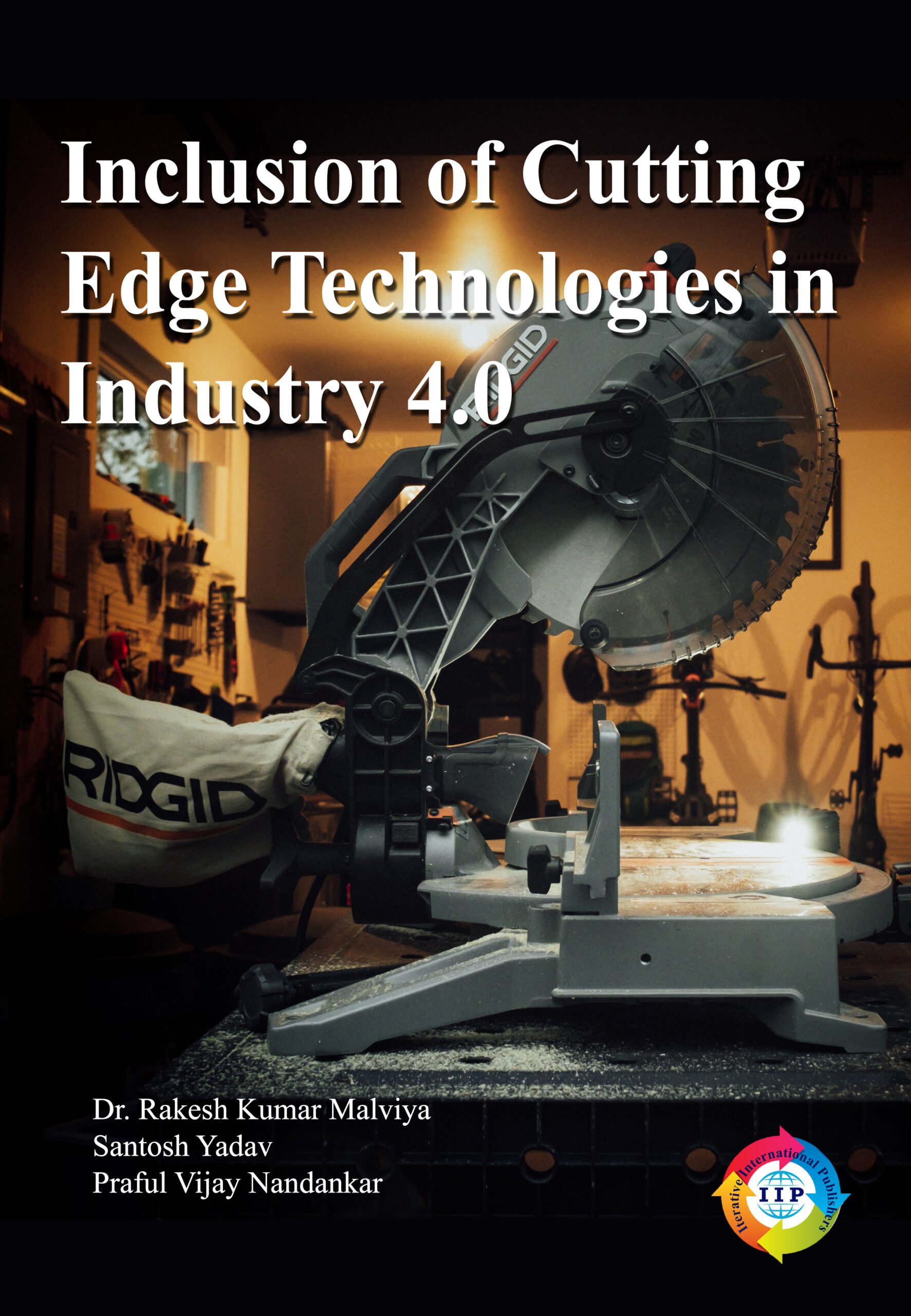
Reviews
There are no reviews yet.